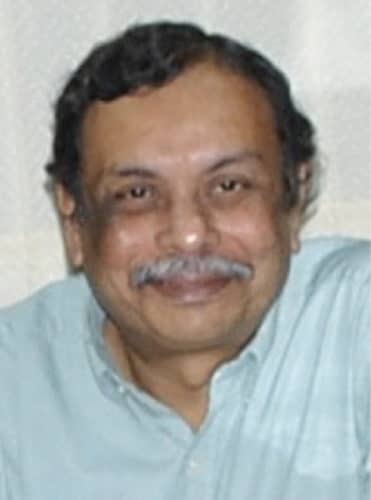The electronic system design and manufacturing (ESDM) industry and the Internet
of Things (IoT) space provide strong opportunities for India to become a global
value-added product creation hub.
Paromik Chakraborty of Electronics For You visited CSIR-CEERI Pilani, and caught up with Prof. Santanu Chaudhury, the then director of CSIR-CEERI, who is now director, IIT-Jodhpur, to discuss how low-cost, fab-production units can kick-start India’s manufacturing ecosystem.

Q. Where does India’s IoT and electronics ecosystem stand?
A. Surveys are predicting a huge market for IoT products globally, exceeding US$ 40 billion. But in India, barring the startup space, not much is happening, especially in terms of developing hardware. Most companies are importing chips (which bring the actual value) from abroad, adding software on top and creating systems.
If this trend continues, it will eventually result in higher electronics import costs, 2024 onwards.
We need to make hardware here on urgent basis. There must be a judicious mix of what hardware we can build ourselves, and what we may need to import, and a fool-proof plan of how this will lead to value-added ESDM products.
Q. Is the ecosystem generating enough valuable IP?
A. Many startups have come up with fab-less IP design business models. However, it must expand into more challenging technological designs. Fab-less IPs must be used for product creation, so that technologies can be sold and monetised as useful products.
Infrastructure for fab-less designs should be established. Fab-less IP is a huge stress point for the growth of the ESDM sector.
Q. How can this be complimented?
A. We need to create customised sensors, readout circuitry and other components domestically. The government can start with setting up low-cost fab-production facilities across the country. National research labs (like CEERI) should be given the responsibility to maintain and run these facilities. SMEs and startups can make use of these facilities for creating products and components in the country.
Another growth area is the amalgamation of artificial intelligence and hardware—which is called embedded machine learning (ML). It has huge scope for the IoT and 5G applications. ML applications with India-specific datasets will lead to tailor-made solutions for Indian conditions.
If these solutions are procured from abroad—which are usually based on foreign datasets—we will not only lose the chance of creating our own IPs but will also lose our main resource for creating practical solutions meant for our conditions.
Q. Please give us an insight into low-cost fab facilities.
A. There is a concept called infrastructure-less fab facility, or fab-in-a-box. This cost-effective setup cannot be used to develop something using 20-nanometre technology. It is sufficient for ICs using one-micron technology. This allows us to have purely India-made products in the IoT space. Such fabs can help us to compete in the global market.
Q. How deep have national research institutions delved in this context?
A. Academic institutions and R&D labs are making a lot of progress. For instance, CEERI is working on designing a range of biosensor- and nanobiosensor-based solutions in the healthcare space, which will be able to detect diseases common in India or third-world nations.
There are labs in India where sensors and IoT systems built with these sensors are being developed from scratch.
In Delhi, CEERI has set up a high-end GPU-based facility for ML. Startups can use this facility for training their ML system engines using available resources, before placing in their embedded platforms. As a result, they do not have to go to companies like Amazon and Google, and hand them their data for ML training.
Q. What does it take for IoT players to create their own IP?
A. Creating an IP in the IoT space depends on the challenges. The novelty lies in the designing of application-linked processing units instead of generic SoCs. For example, one can develop a processing unit for an e-nose, in which ML algorithms run with strict time constraints of a few milliseconds.
Q. Where does India’s startup strength lie, and how can it be strengthened further?
A. India has a lot of genuine creative talent that can shape innovations. But, investors prefer to play safe here.
Apart from the first movers, no one takes up any genuine technology challenge. Investors must visualise the future of technologies for the creation of IPs and disruptive products.








